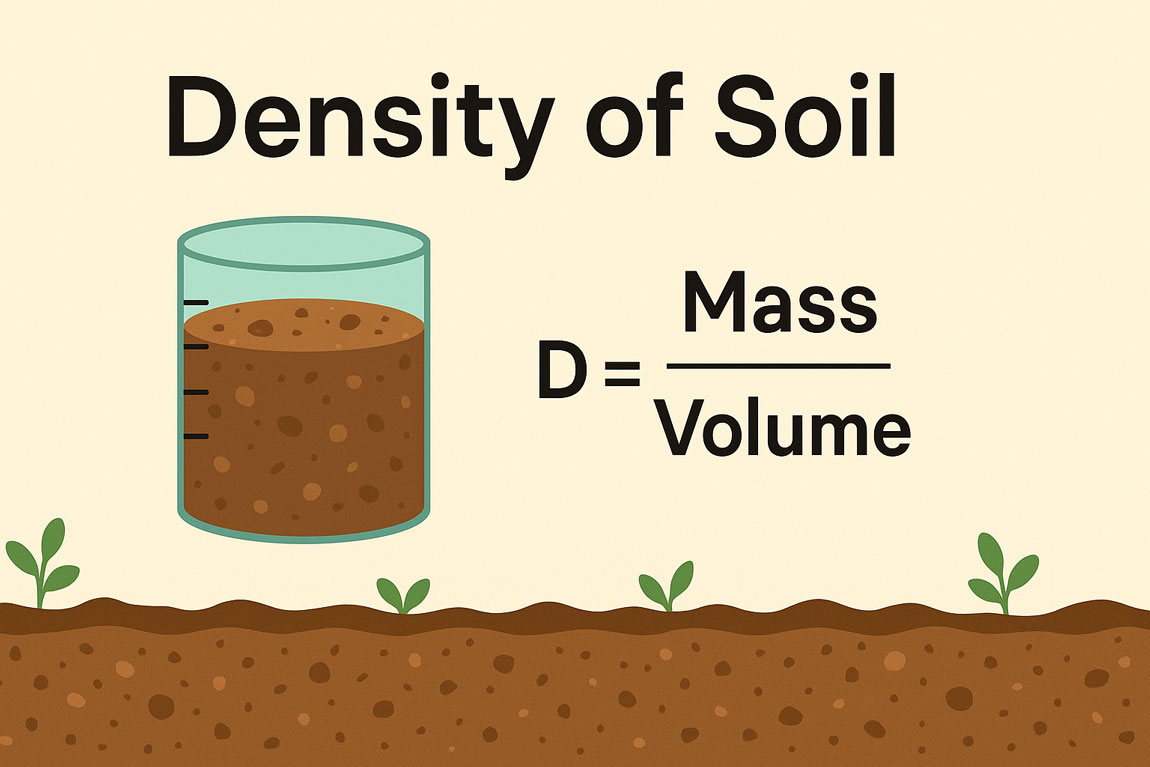Lithostratigraphy – deals with the lithology or physical properties of strata and their organization into units based on their lithological character.
Lithostratigraphy Philosophy and Concept:
- Perhaps the most fundamental type of stratigraphic study is recognition, subdivision, and correlation (establishing equivalency) of sedimentary rocks on the basis of lithology, i.e., ‘lithostratigraphy.’
- Lithostratigraphic units are rock units defined or delineated based on their physical properties. Lithostratigraphy is the study of stratigraphic relationships between strata that can be identified based on lithology.
- In other words, lithostratigraphic rock units are considered in terms of the lithology of the formation and its relative stratigraphic position, and biostratigraphy and isotopic ages are not part of the definition of a lithostratigraphic unit.
- A lithostratigraphic unit typically follows the principle of superposition. This principle asserts that in a sequence of rock layers that have not been disturbed, the more recently formed rocks are located above the older ones.
- The boundaries between different units can be drawn arbitrarily, at clearly identifiable or distinct contact points, or within a gradation zone.
- The concept of a lithostratigraphic unit is founded on a “stratigraphic type” (a specified type unit) or type section, which ideally comprises rocks that are readily accessible, such as those found in natural outcrops or excavations.
- Lithostratigraphic units are established solely based on their lithic characteristics, meaning they do not imply any specific age. As a result, these units function independently of time and paleontologic aspects.
- An important aspect of lithostratigraphy is identifying and understanding the nature of contacts between vertically superposed or laterally adjacent bodies.
- Another aspect is the identification of single lithosomes, groups of lithosomes, or subdivisions of lithosomes that are so distinct they form lithostratigraphic units that can be distinguished from other units that may lie above, below, or adjacent.
- The primary lithostratigraphic unit is referred to as the ‘formation.’ This unit is characterized by its distinct lithological properties and is sufficiently extensive to be represented on surface maps or to be identified in subsurface investigations. A formation may include a singular lithosome or a segment of an inter-tonguing lithosome, thereby comprising a single lithological type.
- Alternatively, a formation may be composed of two or more lithospheres and contain rocks of different lithologies.
- The definition used in the North American Stratigraphic Code (NACSN, 1983) and the British Stratigraphic Code requires that a “formation” is a collection of materials defined by their lithological features and stratigraphic context is identifiable.
- The term ‘stratigraphic position’ describes how a particular formation relates to adjacent formations, whether those are located above, below, or alongside it. This position should be identifiable at the surface (outcrop) or discernible within the subsurface.
- All formal lithostratigraphic units are given names that are derived from geographic features in the area where they are best studied.
- Breaking down thick layers of strata into more manageable lithostratigraphic units like formations is crucial for effectively tracking and correlating these layers, whether we’re looking at outcrops or exploring the subsurface.
Lithostratigraphy and Geological Maps:
- Geological maps are familiar methods of displaying the distribution of rocks in an area. Some show the distribution of rocks based on their age.
- This is the most standard practice for maps that cover a large area, such as a whole country or part of it.
- A color code is used for each age using the stratigraphic column for the region as a basis of division.
- Other maps at this scale may also show tectonic features, such as the areas affected by orogenies at different stages of the region’s development.
- A geological map at a scale of 1:50,000 or 1:100,000 will show areas of outcrop of rock units that have been defined in terms of their lithofacies (lithology and sedimentary structures) and their position relative to other rocks in the stratigraphic column.
- This basic mapping unit is usually the formation, defined as a rock unit with consistent characteristics that can be recognized and traced across an area.
- Formation, members, and groups used in making a geological map represent the distribution of lithofacies.
Scale of Lithostratigraphic Units:
- There are no established upper or lower thresholds regarding the thickness and scope of rock units classified as members, formations, or groups.
- The diversity of rock types in a given area will primarily influence how many lithostratigraphic units can be identified and how thick they can be.
- Quantity and quality of exposure will also play a role as finer sub-division is possible in areas of good exposure.
- The thickness of a lithostratigraphic unit is often a function of the degree of detail to which an area has been studied.
- For example, in southern and eastern Britain, the study of Jurassic strata over several centuries has resulted in a very fine subdivision, including some formations that are only a few meters thick (Sell-wood & Jenkyns, 1975).
- In the eastern islands of Indonesia, where little geological work has been carried out, a single, defined formation may be a thousand meters thick (Nickols & Hall, 1991).
Lithostratigraphy and correlation:
- In most cases, an attempt is made to establish correlations within a time frame, i.e. to determine which rock units formed at the same time, which are older and which are younger, and what their spatial relationships to each other are.
- Lithostratigraphic units are likely to be diachronic, so correlations based on lithostratigraphy are inaccurate.
- In examples of lithologies deposited in coastal environments during periods of sea-level rise, the ages of lithologies vary from place to place.
- Thus, the boundary between the upper and lower parts of this lithology crosses a timeline (an imaginary line drawn across and between rock bodies that represents a specific point in time).
- For paleogeographic reconstruction of an area it is necessary to know what was happening at the same time in different places.
- Although chronostratigraphy provides an absolute time scale, it is not easy to use because only certain types of rocks can be meaningfully dated.
- The most commonly used time frame is biostratigraphy, a relative dating technique that can be related to absolute time scales.
- Paleomagnetic reversal stratigraphy provides a timeline of events that caused the Earth’s magnetic field to change polarity.
- The concept of sequence stratigraphy provides an approach for analyzing sequences of sedimentary rocks within a time frame.
- In practice, several different correlation techniques are used to develop a temporal framework for rock units.






